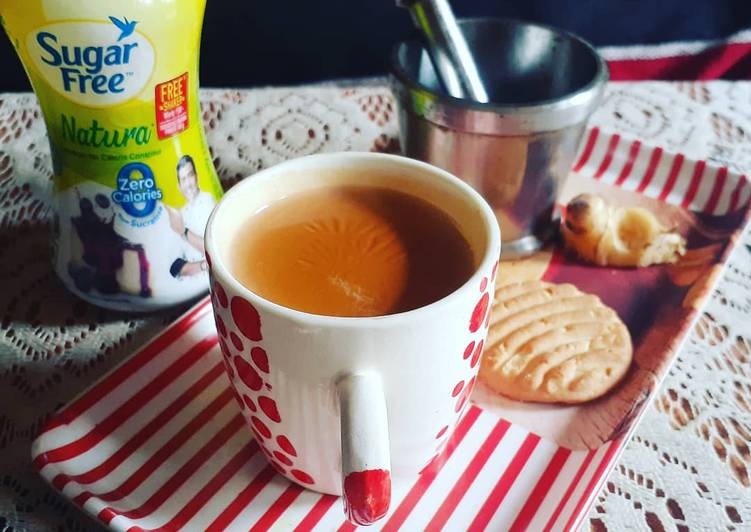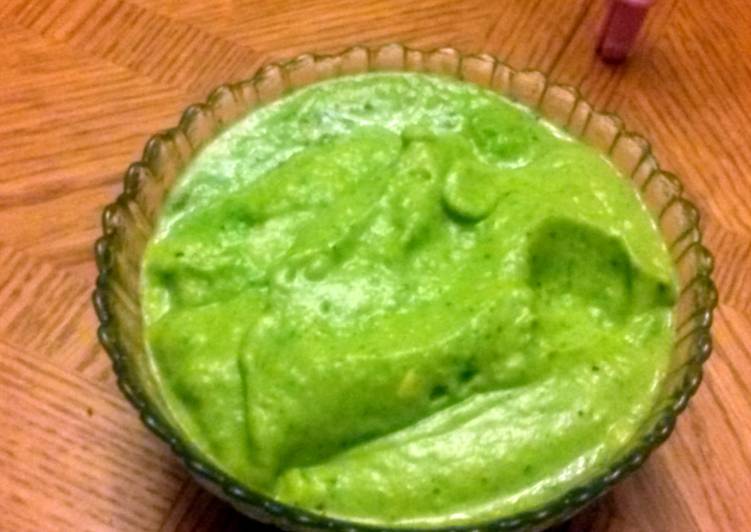
Hey everyone, it’s Brad, welcome to our recipe site. Today, I’m gonna show you how to prepare a distinctive dish, tilapia in sweet and sour soy sauce. One of my favorites. This time, I will make it a little bit tasty. This is gonna smell and look delicious.
Tilapia in Sweet and Sour Soy Sauce is one of the most well liked of current trending foods on earth. It is simple, it’s quick, it tastes delicious. It’s appreciated by millions daily. Tilapia in Sweet and Sour Soy Sauce is something which I’ve loved my entire life. They are fine and they look fantastic.
Put soy sauce, vinegar, sugar, fish sauce and tomato ketchup in a saucepan. Boil on medium heat while stirring. Add diluted potato starch in, keep stirring until it boils. Remove from stove, add minced garlic and ginger.
To begin with this recipe, we have to prepare a few ingredients. You can have tilapia in sweet and sour soy sauce using 15 ingredients and 8 steps. Here is how you cook it.
The ingredients needed to make Tilapia in Sweet and Sour Soy Sauce:
- Make ready 1 medium tilapia
- Get Some salt and black pepper
- Prepare Potato starch
- Take Oil for deep frying
- Make ready 1/3 cup soy sauce
- Get 1/3 cup sugar
- Prepare 1/3 cup vinegar
- Make ready 1/2 TBS fish sauce
- Take 3 Tbs tomato ketchup
- Prepare 1 medium clove of garlic minced
- Prepare 1 thin slice of ginger minced
- Get 1/2 TBS potato starch
- Make ready 1/2 TBS water
- Make ready Some julienned green onion, carrot, ginger
- Take Few sprigs of cilantro
Grouper (also known as lapu-lapu in the Philippines) is the type of fish commonly used to make this dish. I am using tilapia for this recipe because it is also reasonably priced and it can be easily sourced almost anywhere in the world. Great recipe for "Sweet Steamed Tilapia (cichlid fish) with Sweet and Sour Sauce". This Filipino Sweet and Sour Tilapia dish is a bit different than the traditional Chinese sweet and sour fish dish.
Instructions to make Tilapia in Sweet and Sour Soy Sauce:
- Make few shallow cuts on fish. Dry fish well with paper towel. Especially inside head and belly. Sprinkle some salt and pepper on and inside fish. Let it rest for few minutes
- Meanwhile, heat up about 2 cups of oil in a 10 inch pan (or big enough for the size of fish, of course more oil) on medium heat for about 10 or more minutes.
- Sprinkle potato starch abundantly on and inside of fish. Shake off excess potato starch. Check oil temperature. Use thermometer or chopstick. Put fish in and fry for 12 to 15 minutes on each side. I had to do this because my pan was little too small for the fish (picture).
- After finish frying both side, remove fish to a plate. Turn heat down to low. Meanwhile make the sauce.
- Dilute 1/2 TBS potato starch and 1/2 TBS water in a small bowl. Put soy sauce, vinegar, sugar, fish sauce and tomato ketchup in a saucepan. Boil on medium heat while stirring. Add diluted potato starch in, keep stirring until it boils. Remove from stove, add minced garlic and ginger.
- Turn back heat to medium high for the oil pan. Check temperature. When oil is ready, fry fish one more time for crunchiness. About 1 1/2 minute for each side. Remove fish to serving plate.
- Pour sauce over fish. Garnish with some julienned green onion, carrot, ginger and cilantro.
- Serve with hot rice.
Great recipe for "Sweet Steamed Tilapia (cichlid fish) with Sweet and Sour Sauce". This Filipino Sweet and Sour Tilapia dish is a bit different than the traditional Chinese sweet and sour fish dish. Sweet-and-sour tilapia, also known as "tilapia escabeche," is a Filipino dish. The Filipinos adapted the recipe from Chinese and Spanish cultures. Sweet-and-sour sauce was developed by the Cantonese in China and the combination creates a mouth-watering sauce to top on the tilapia.
So that is going to wrap it up for this exceptional food tilapia in sweet and sour soy sauce recipe. Thank you very much for your time. I am confident you can make this at home. There’s gonna be interesting food in home recipes coming up. Remember to save this page in your browser, and share it to your loved ones, friends and colleague. Thank you for reading. Go on get cooking!

